Proper humidity levels in your living room are crucial for your health and the well-being of your home. Too much humidity can lead to mold growth and musty odors, while too little humidity can cause dry skin and respiratory issues. But how do you know if your living room has the right humidity level? And how can you control it? Here are some tips to help you measure and maintain the perfect humidity in your living room.How to Measure and Control Humidity Levels in Your Living Room
1. Use a hygrometer: The first step to controlling humidity levels is knowing what they are. A hygrometer is a device that measures the humidity in the air. It is inexpensive and can be found at most hardware stores. Place it in your living room and check the reading regularly. 2. Keep your living room clean: Dust and dirt can contribute to high humidity levels by trapping moisture. Regularly dust and vacuum your living room to prevent this from happening. 3. Use exhaust fans: If your living room is located in an area where humidity is high, such as near a bathroom or kitchen, make sure to use exhaust fans to help remove excess moisture from the air. 4. Use a dehumidifier: A dehumidifier is an effective tool for lowering humidity levels in your living room. It works by sucking in the moist air and removing the excess water, then blowing out drier air. 5. Open windows: If the weather permits, open your windows to allow for air circulation. This can help reduce humidity levels in your living room.5 Tips for Maintaining the Perfect Humidity Level in Your Living Room
Keeping an eye on the humidity levels in your living room is crucial for your health and the health of your home. High humidity can lead to mold growth, which can cause respiratory problems and allergies. It can also damage furniture, walls, and other household items. Low humidity, on the other hand, can cause dry skin, itchy eyes, and respiratory issues. By monitoring and controlling humidity levels, you can prevent these issues and maintain a comfortable living environment.The Importance of Monitoring Humidity Levels in Your Living Room
The ideal humidity level for a living room is between 40-50%. This range is comfortable for humans and also helps prevent mold growth. However, this may vary depending on your geographical location and the season. In warmer and more humid areas, you may need to aim for a lower humidity level, while in colder and drier climates, a slightly higher level may be suitable.Best Humidity Levels for a Comfortable Living Room
If your living room has high humidity levels, a dehumidifier can be an effective solution. Here's how to use it: 1. Place the dehumidifier in your living room, ideally in the center of the room or near the source of moisture. 2. Make sure the dehumidifier is plugged in and turned on. 3. Set the humidity level based on your hygrometer reading. Most dehumidifiers have a built-in humidistat that allows you to set the desired humidity level. 4. Empty the water tank regularly to prevent overflow.How to Use a Dehumidifier to Lower Humidity in Your Living Room
In the winter, when the air is dry, it's essential to increase the humidity levels in your living room to prevent dry skin, static electricity, and other issues. Here are some ways to do so: 1. Use a humidifier: A humidifier is the most effective way to increase humidity levels in your living room. It adds moisture to the air and can help alleviate dry skin and respiratory issues. 2. Place bowls of water around the room: Evaporation from water bowls can help add moisture to the air. Add a few drops of essential oils for a pleasant scent. 3. Use indoor plants: Some plants, such as peace lilies, Boston ferns, and spider plants, can help increase humidity levels in your living room.Ways to Increase Humidity in Your Living Room During Dry Winter Months
There are several reasons why your living room may have high humidity levels. Here are some common causes and how to fix them: 1. Poor ventilation: If your living room doesn't have proper ventilation, it can trap moisture and lead to high humidity levels. Make sure to open windows and use exhaust fans to allow for air circulation. 2. Leaks: Any leaks in your living room, such as from a roof or plumbing, can cause excess moisture and lead to high humidity levels. Fix any leaks promptly. 3. Wet clothes and towels: Leaving wet clothes and towels to dry in your living room can also contribute to high humidity levels. Hang them outside or use a dryer instead.Common Causes of High Humidity in Living Rooms and How to Fix Them
Aside from using a hygrometer, there are other signs that your living room may have too much humidity: 1. Musty odors: If your living room has a musty smell, it could be a sign of mold growth, which thrives in high humidity environments. 2. Condensation: If you notice moisture or water droplets on your windows, walls, or furniture, it's a sign that there is excess humidity in the air. 3. Allergies: High humidity levels can also trigger allergies and respiratory issues. If you or your family members are experiencing these symptoms, it's worth checking the humidity levels in your living room.How to Tell if Your Living Room Has Too Much Humidity
Maintaining the proper humidity levels in your living room can provide several benefits, including: 1. Improved air quality: Proper humidity levels can help prevent mold growth, which can improve the air quality in your living room. 2. Prevention of health issues: By controlling humidity levels, you can prevent respiratory issues, allergies, and dry skin. 3. Protection of your home: Excess humidity can cause damage to your furniture, walls, and other household items, so maintaining proper levels can help protect your home.Benefits of Maintaining Proper Humidity Levels in Your Living Room
Using a hygrometer is an easy and effective way to measure humidity levels in your living room. Here's how to do it: 1. Place the hygrometer in your living room. 2. Wait a few minutes for the reading to stabilize. 3. Check the humidity level on the display. 4. If the reading is too high or too low, take steps to adjust the humidity levels accordingly. In conclusion, maintaining the right humidity level in your living room is essential for your health and the well-being of your home. By using a hygrometer, following these tips, and taking necessary measures, you can ensure a comfortable and healthy living environment for you and your family.How to Use a Hygrometer to Measure Humidity in Your Living Room
The Importance of Maintaining a Comfortable Living Room Humidity Level
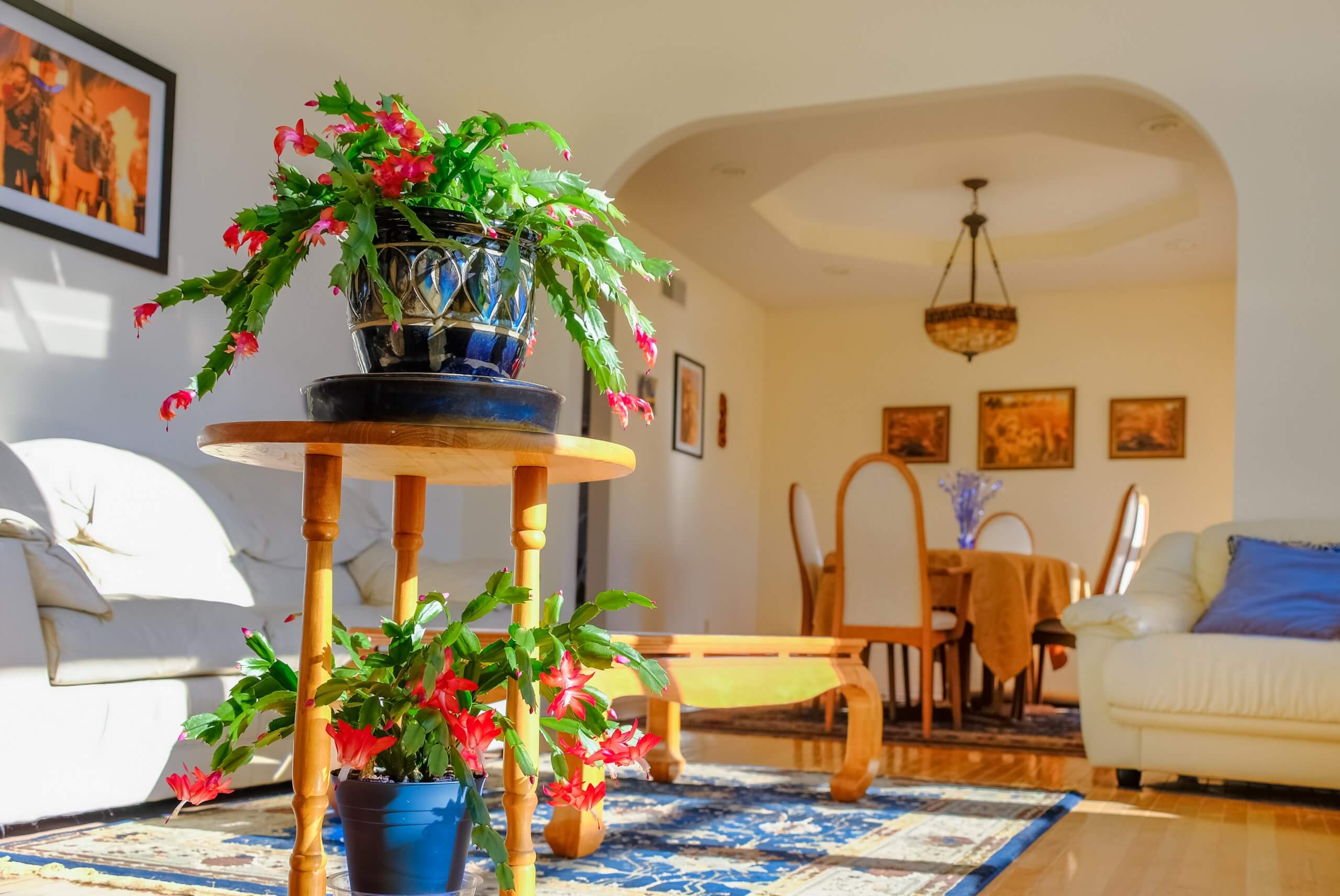
Creating a Cozy and Healthy Living Space
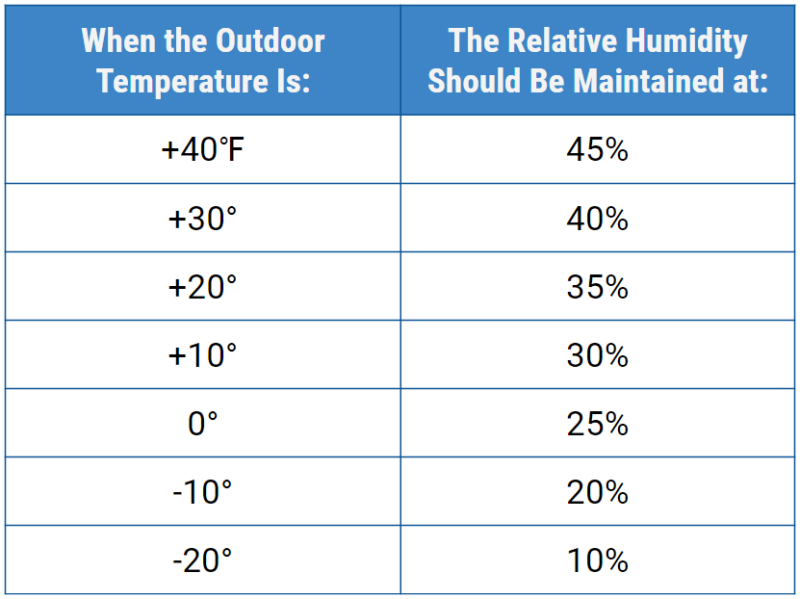 When it comes to designing our living spaces, we often focus on aesthetics and functionality. However, one vital factor that is often overlooked is the
humidity level
in our homes. Humidity refers to the amount of moisture in the air and plays a crucial role in creating a comfortable and healthy living environment.
Properly managing the humidity level in your living room
is essential for both your physical and mental well-being.
When it comes to designing our living spaces, we often focus on aesthetics and functionality. However, one vital factor that is often overlooked is the
humidity level
in our homes. Humidity refers to the amount of moisture in the air and plays a crucial role in creating a comfortable and healthy living environment.
Properly managing the humidity level in your living room
is essential for both your physical and mental well-being.
Effects of High Humidity
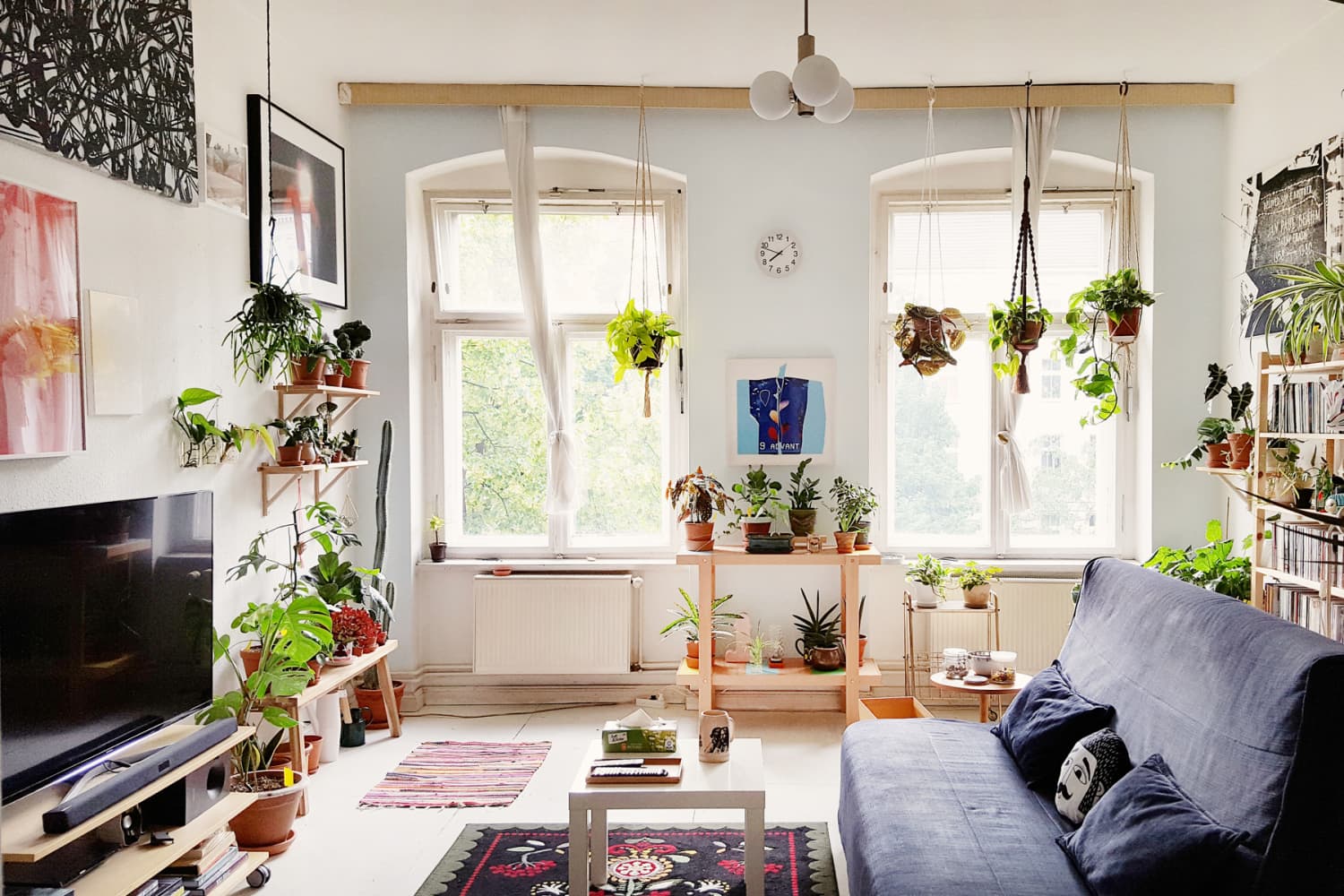 High levels of humidity can lead to a myriad of problems in your living room. One of the most common issues is
mold growth
. Mold thrives in moist environments and can quickly spread throughout your living room, causing damage to your furniture and potentially posing health risks. High humidity can also lead to
musty odors
, which can be unpleasant and difficult to eliminate.
Moreover, excessive humidity can also cause
water damage
to your walls, floors, and ceilings. Over time, this can lead to costly repairs and even compromise the structural integrity of your home. Additionally, high humidity levels can also make your living room feel uncomfortable and stuffy, making it challenging to relax or entertain guests.
High levels of humidity can lead to a myriad of problems in your living room. One of the most common issues is
mold growth
. Mold thrives in moist environments and can quickly spread throughout your living room, causing damage to your furniture and potentially posing health risks. High humidity can also lead to
musty odors
, which can be unpleasant and difficult to eliminate.
Moreover, excessive humidity can also cause
water damage
to your walls, floors, and ceilings. Over time, this can lead to costly repairs and even compromise the structural integrity of your home. Additionally, high humidity levels can also make your living room feel uncomfortable and stuffy, making it challenging to relax or entertain guests.
The Dangers of Low Humidity
 On the other hand,
low humidity
can also have adverse effects on your living room and your health. Low humidity can cause
dryness and irritation
to your skin, eyes, and respiratory system. It can also lead to
cracked and warped
wooden furniture, floors, and musical instruments. Furthermore, low humidity can also cause static electricity, which can damage your electronic devices and appliances.
On the other hand,
low humidity
can also have adverse effects on your living room and your health. Low humidity can cause
dryness and irritation
to your skin, eyes, and respiratory system. It can also lead to
cracked and warped
wooden furniture, floors, and musical instruments. Furthermore, low humidity can also cause static electricity, which can damage your electronic devices and appliances.
The Ideal Living Room Humidity Level
 So, what is the
ideal humidity level
for your living room? The recommended range is between
40-60%
. This level offers the perfect balance of moisture in the air, creating a comfortable and healthy living space. To maintain this level, you can invest in a
humidifier
for dry climates or a
dehumidifier
for humid climates. You can also use
indoor plants
, which naturally absorb moisture, to help regulate the humidity level.
So, what is the
ideal humidity level
for your living room? The recommended range is between
40-60%
. This level offers the perfect balance of moisture in the air, creating a comfortable and healthy living space. To maintain this level, you can invest in a
humidifier
for dry climates or a
dehumidifier
for humid climates. You can also use
indoor plants
, which naturally absorb moisture, to help regulate the humidity level.
In Conclusion
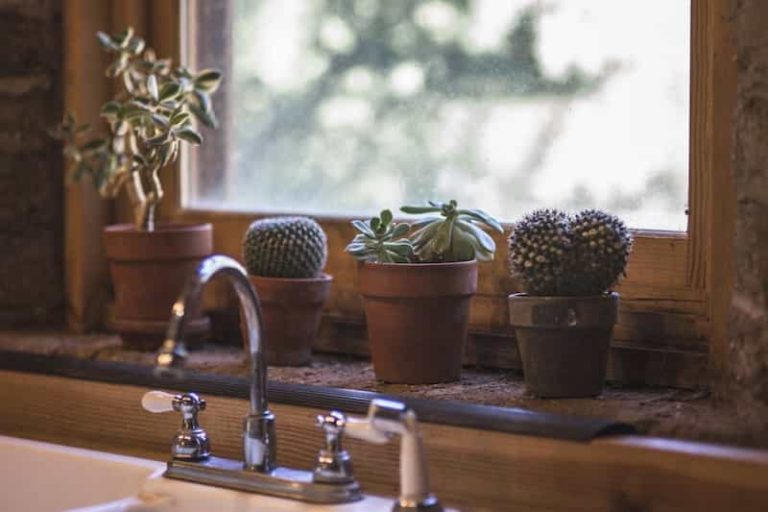 In summary,
maintaining a comfortable living room humidity level
is crucial for creating a cozy and healthy living space. High humidity can lead to mold growth, musty odors, and water damage, while low humidity can cause dryness, irritation, and damage to your belongings. Strive to keep the humidity level in your living room between 40-60% for optimal comfort and well-being. With proper humidity management, you can enjoy a beautiful and healthy living room for years to come.
In summary,
maintaining a comfortable living room humidity level
is crucial for creating a cozy and healthy living space. High humidity can lead to mold growth, musty odors, and water damage, while low humidity can cause dryness, irritation, and damage to your belongings. Strive to keep the humidity level in your living room between 40-60% for optimal comfort and well-being. With proper humidity management, you can enjoy a beautiful and healthy living room for years to come.

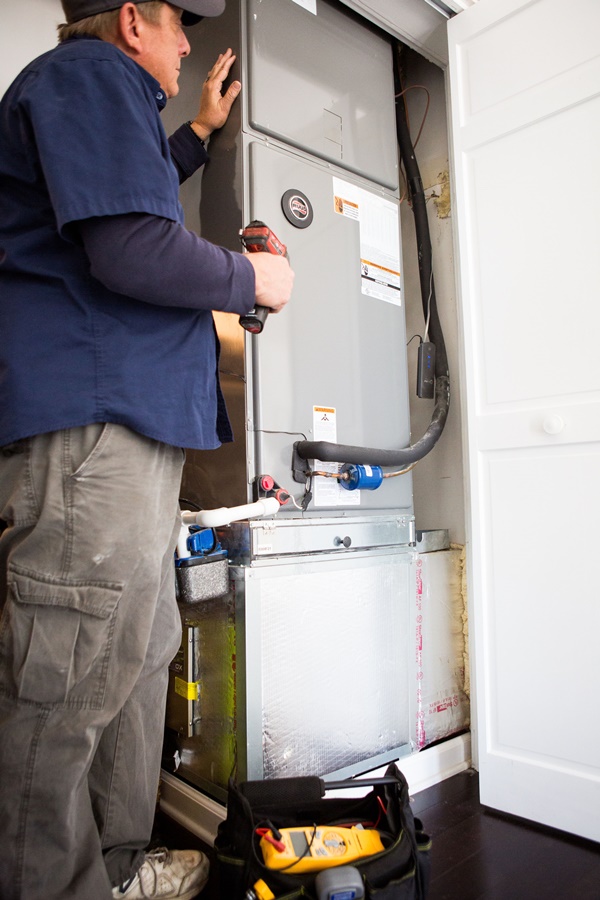




.jpg?width=1754&name=Humidity level chart (1).jpg)
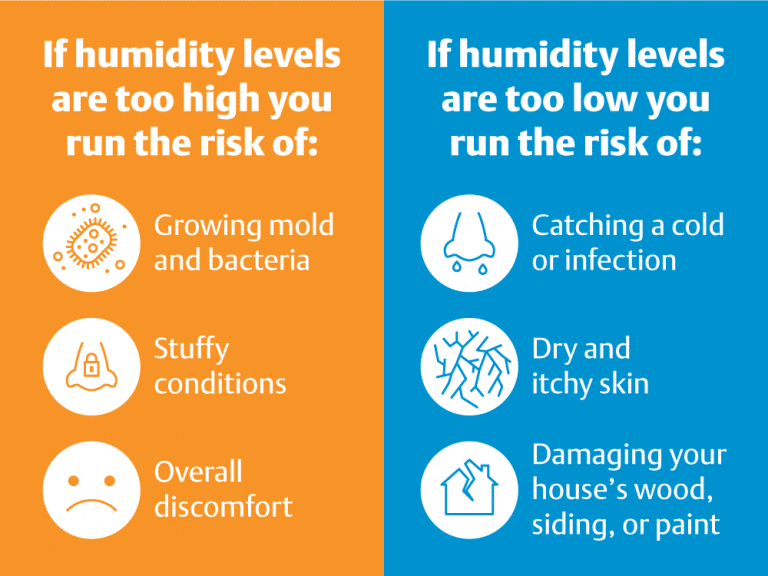




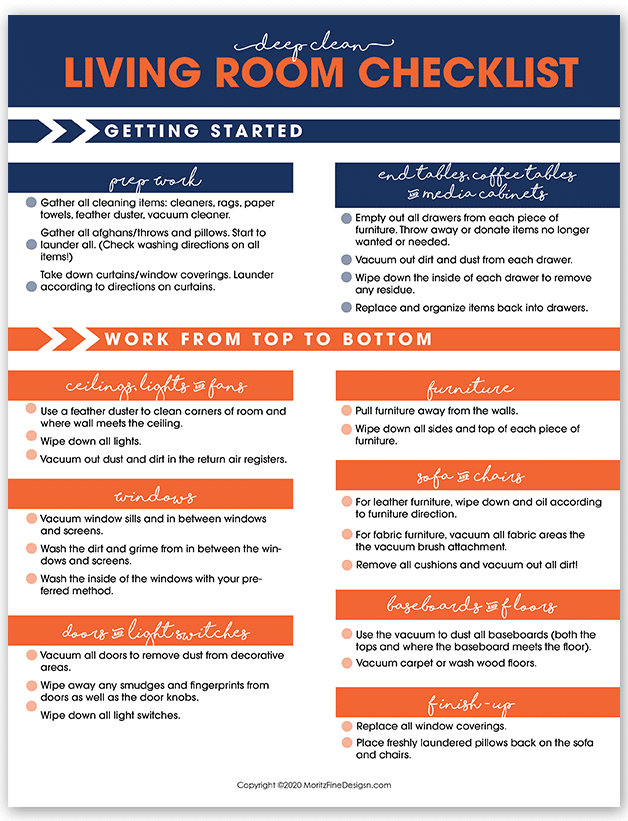




.jpg?width=10524&name=Humidity level chart (1).jpg)
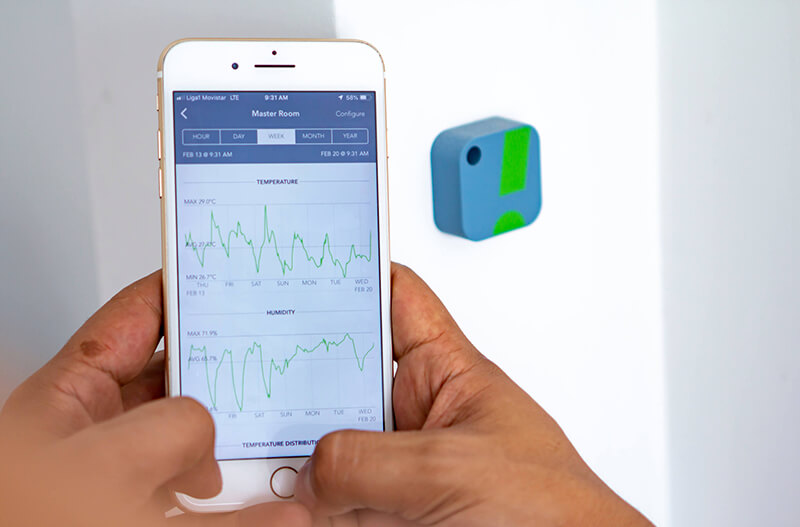





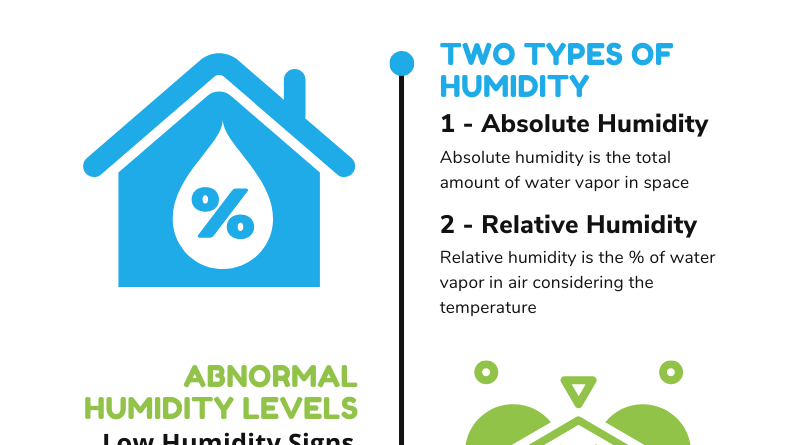


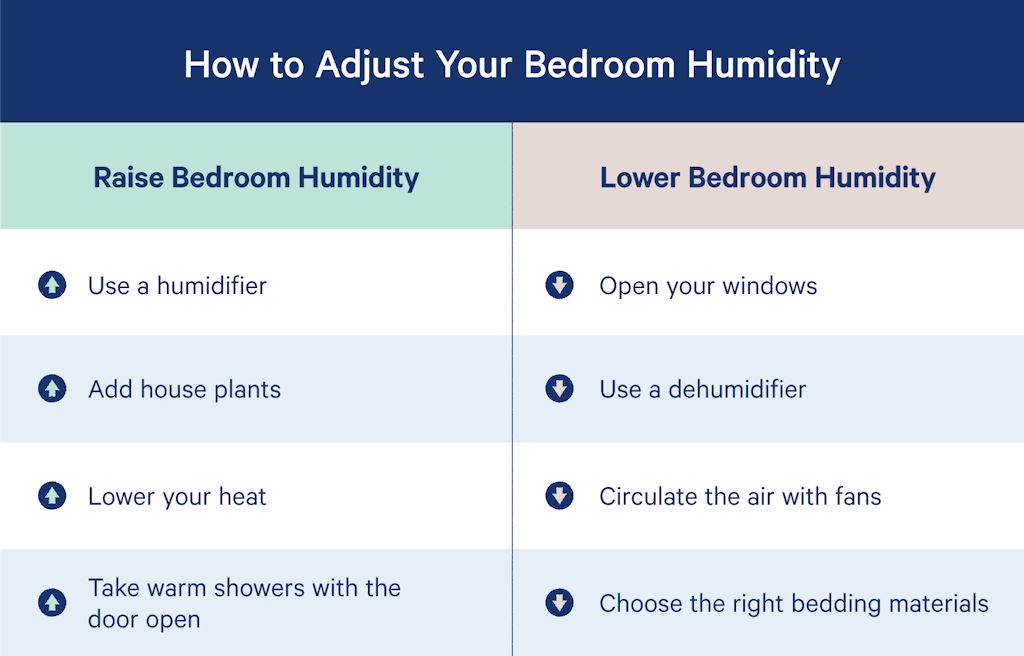


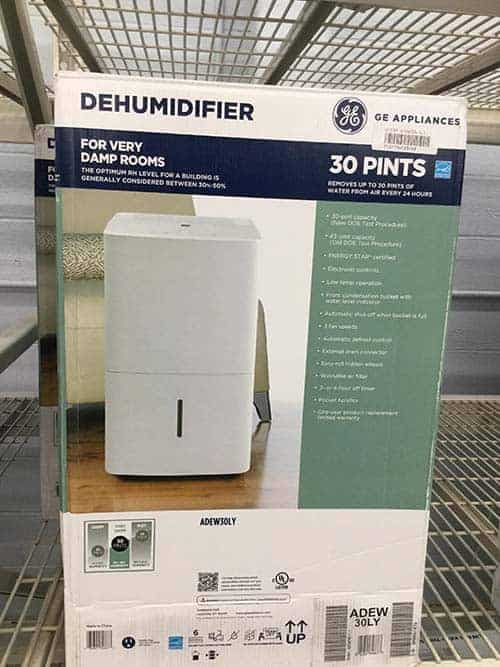
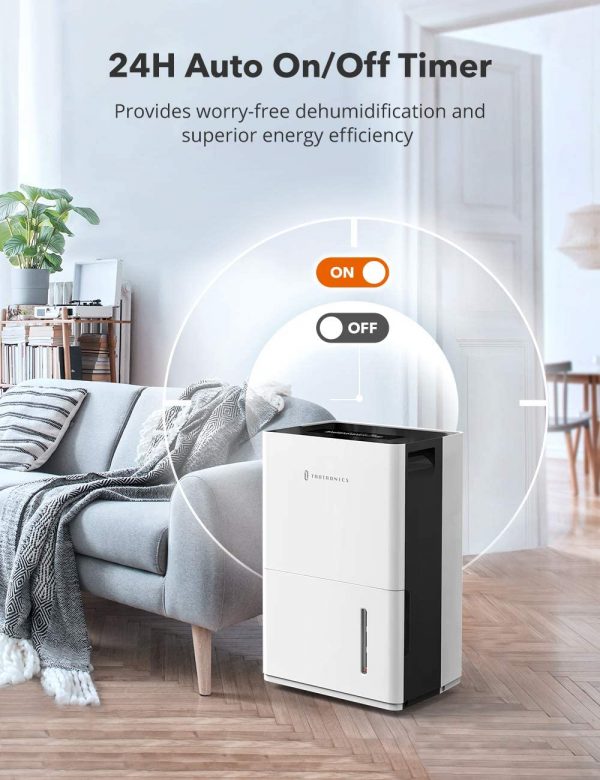
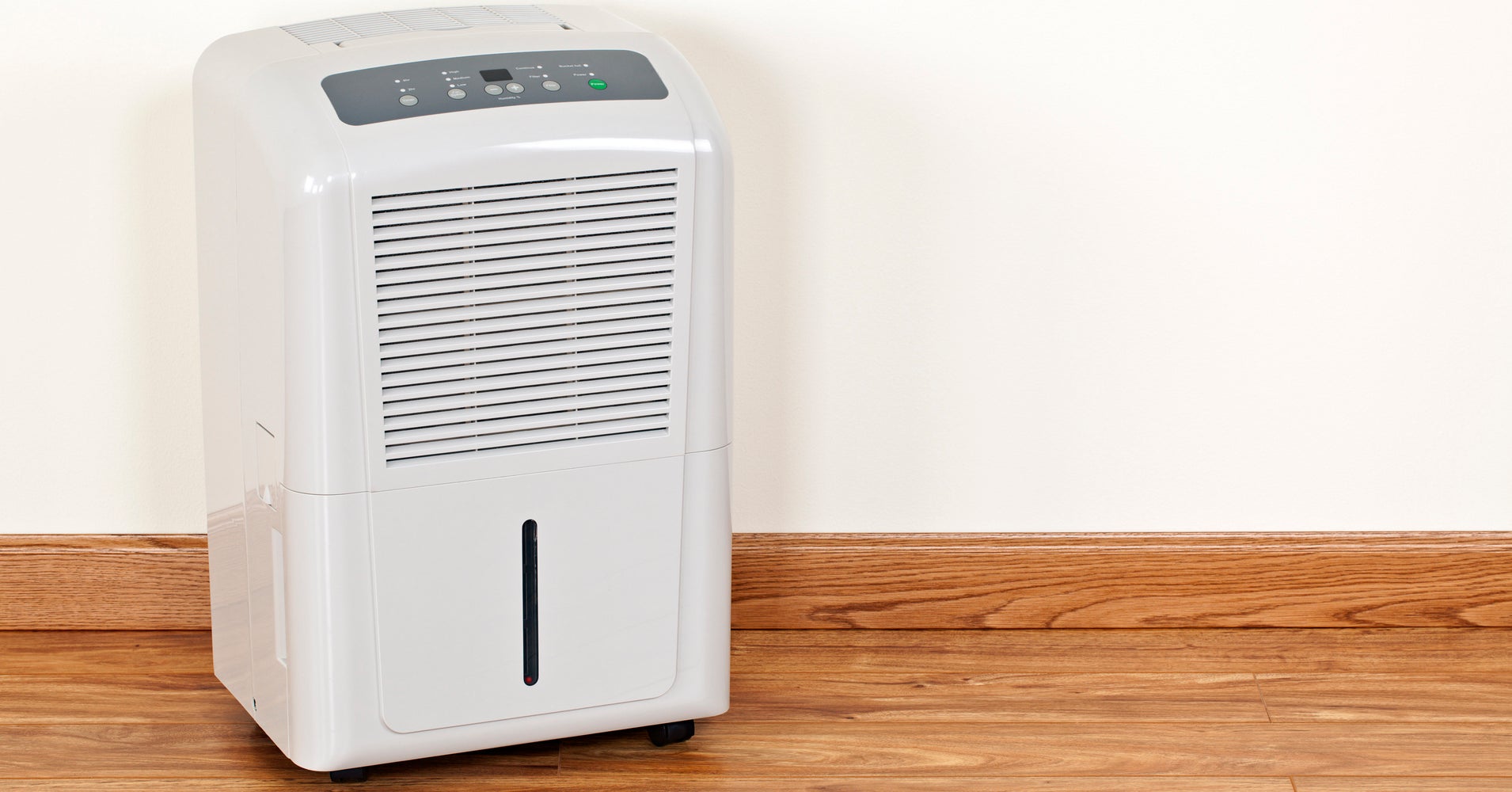



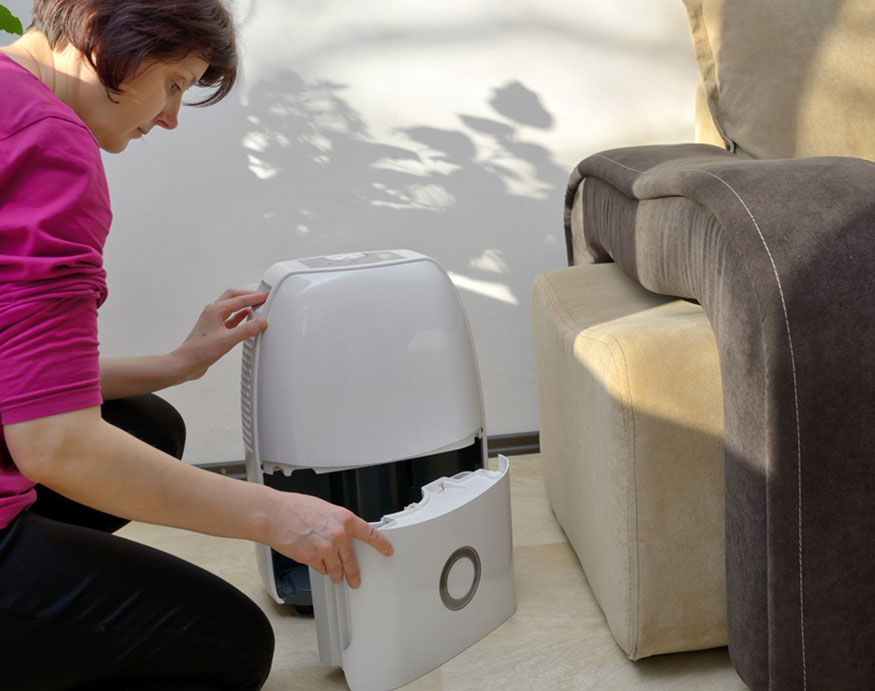

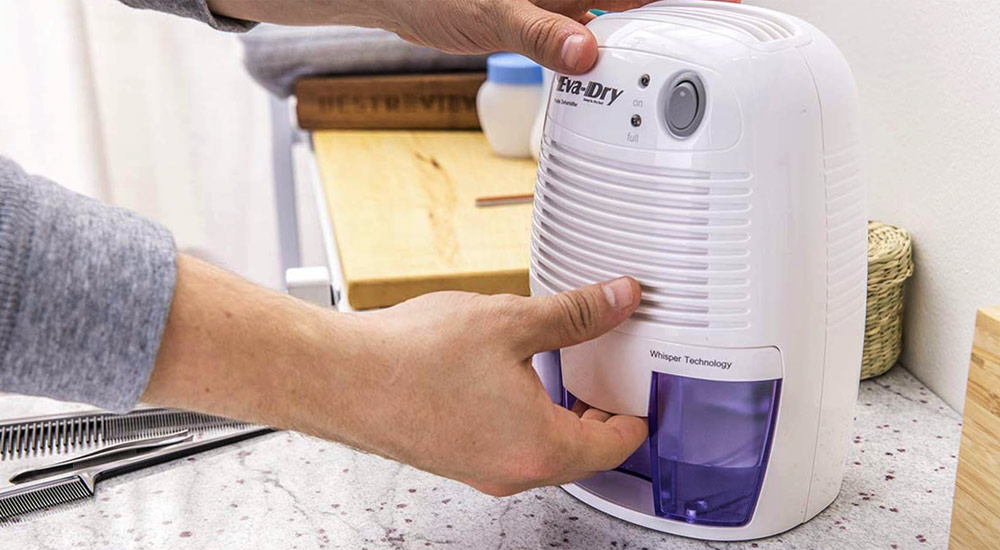



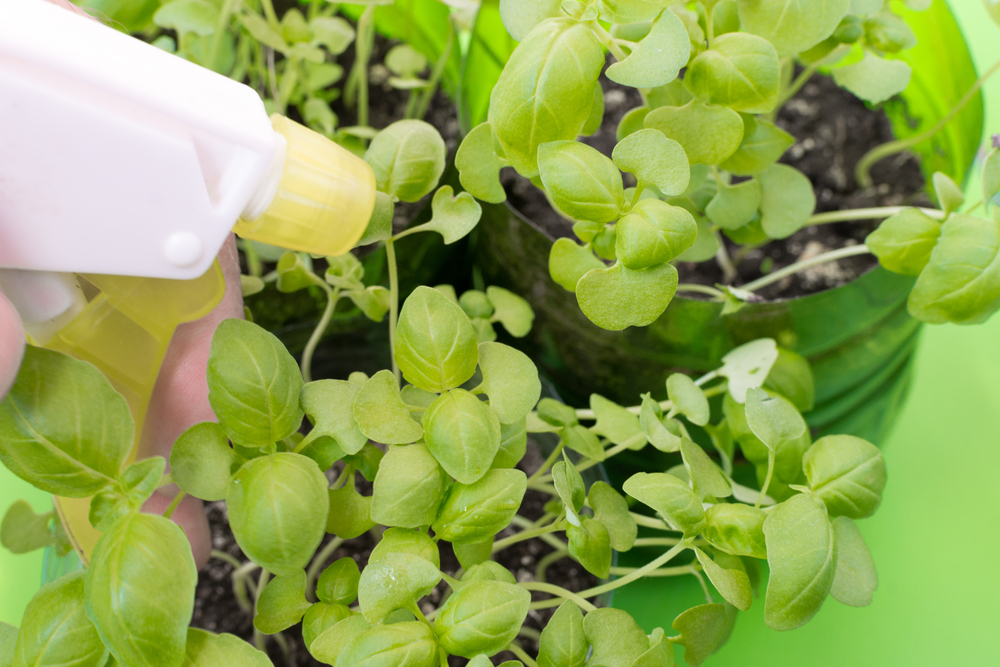





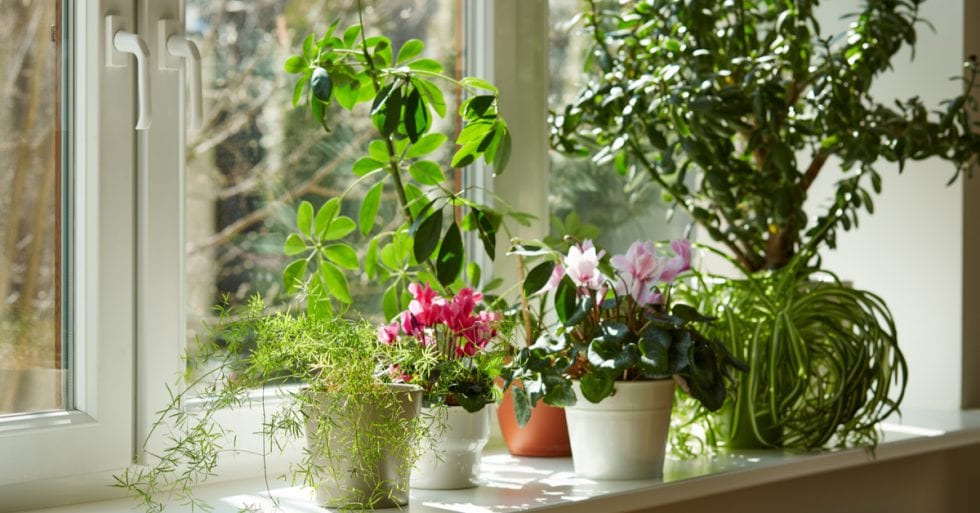


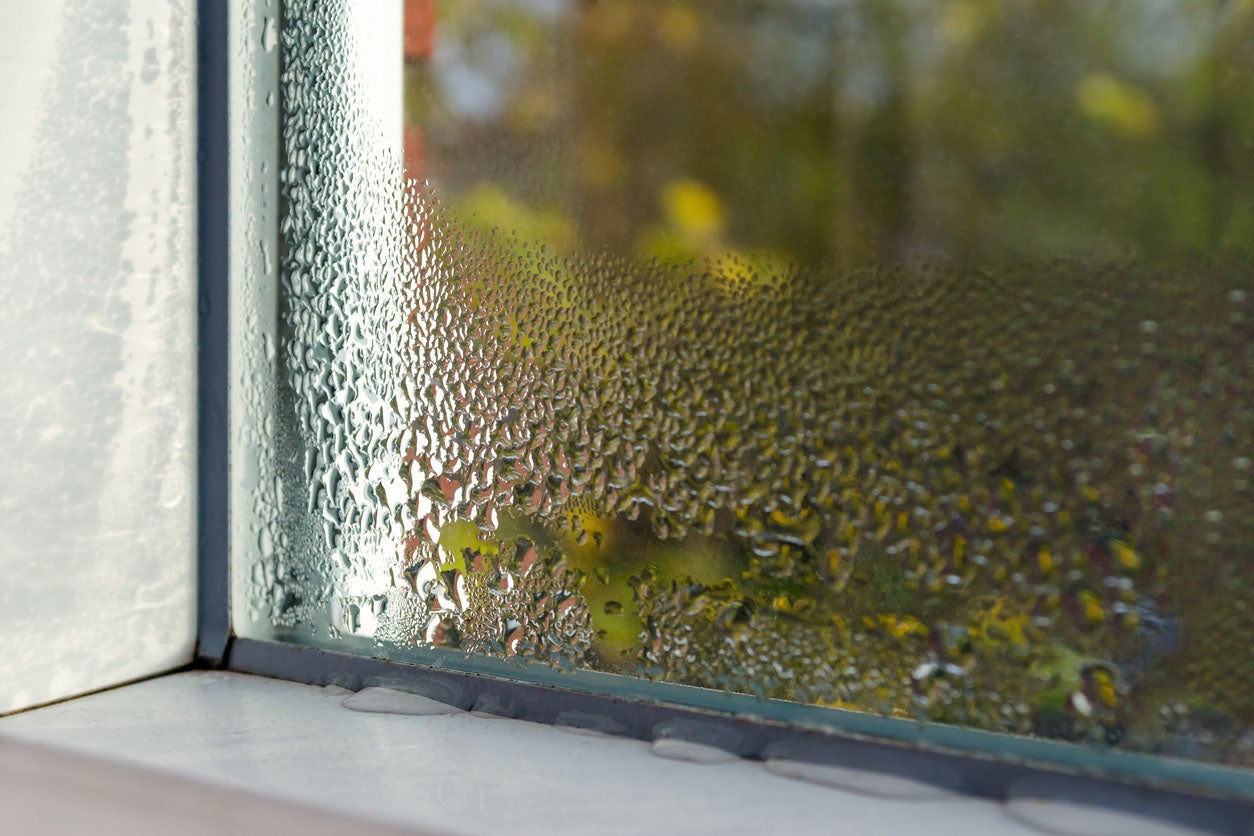
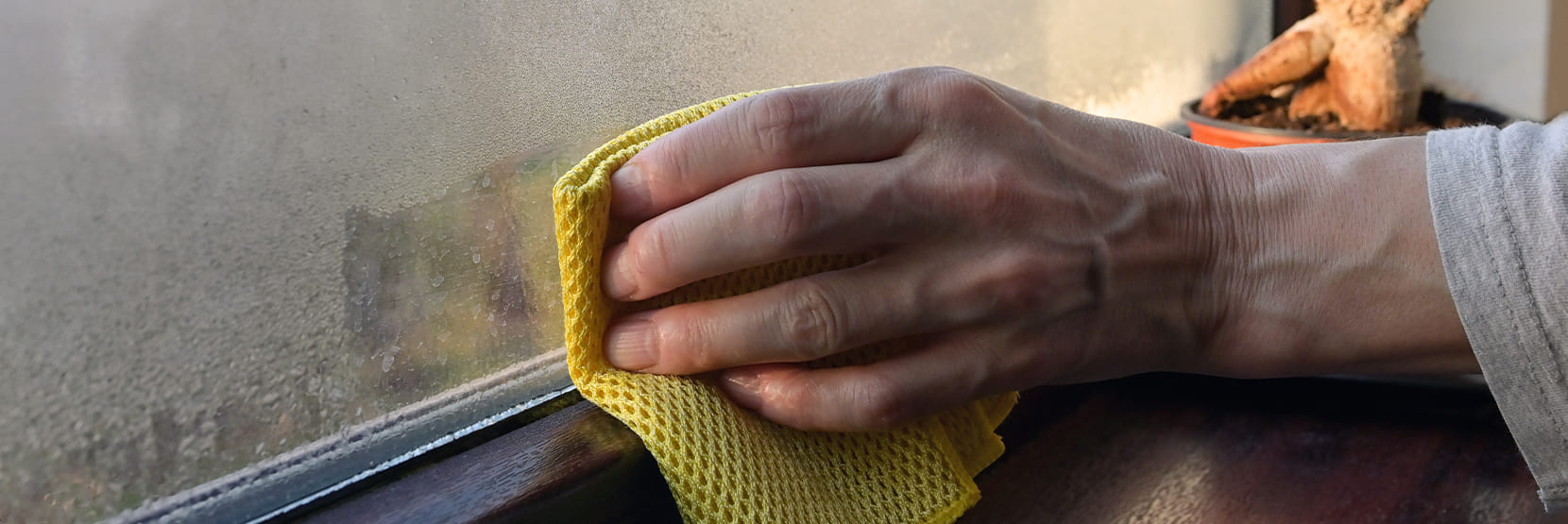



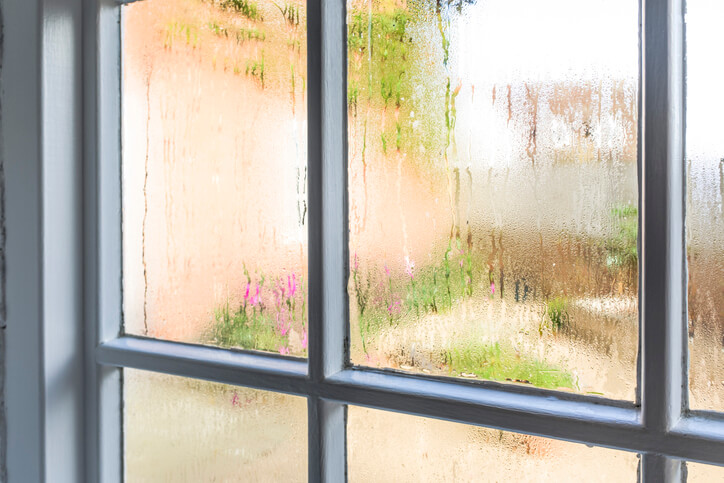





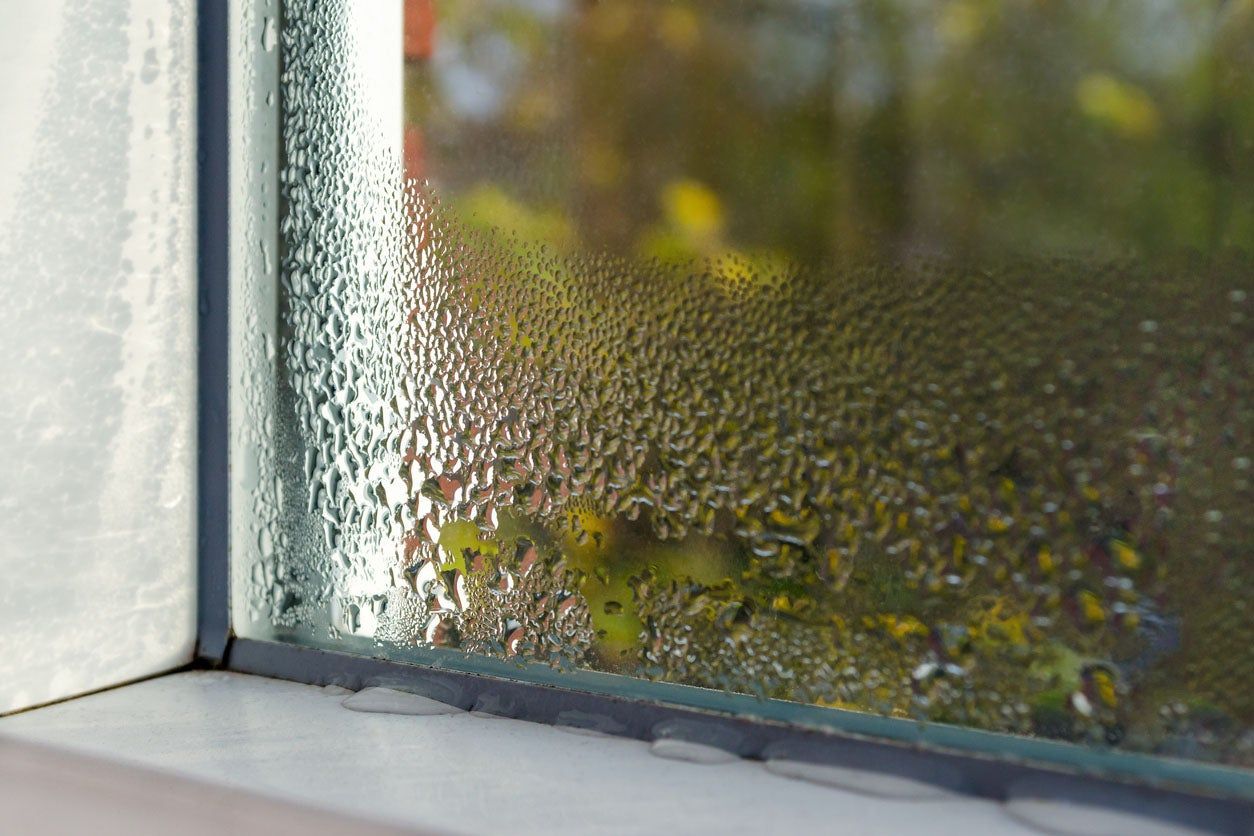









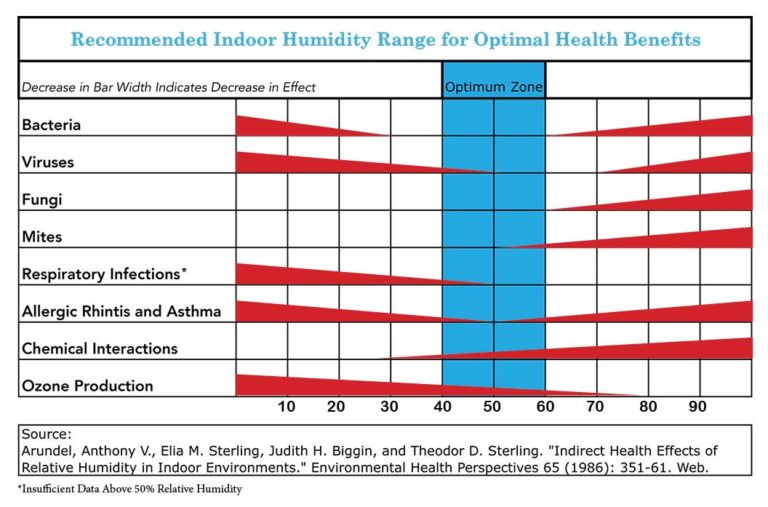


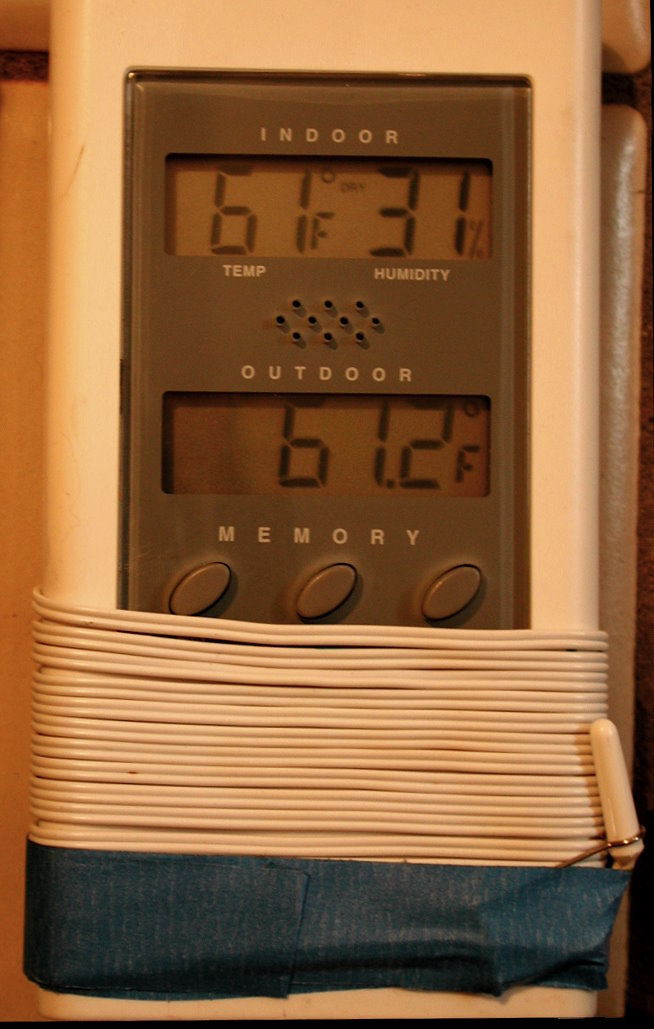

/electronic-hygrometer-813311536-5abd3f9b0e23d900362e931f-5c41ed7c4cedfd0001b71770.jpg)

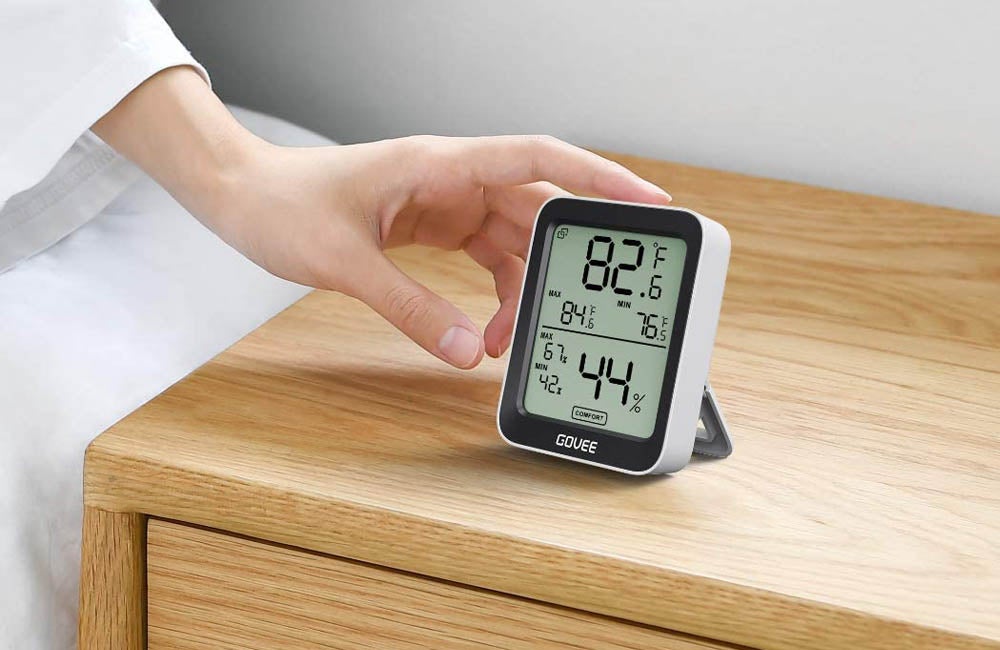



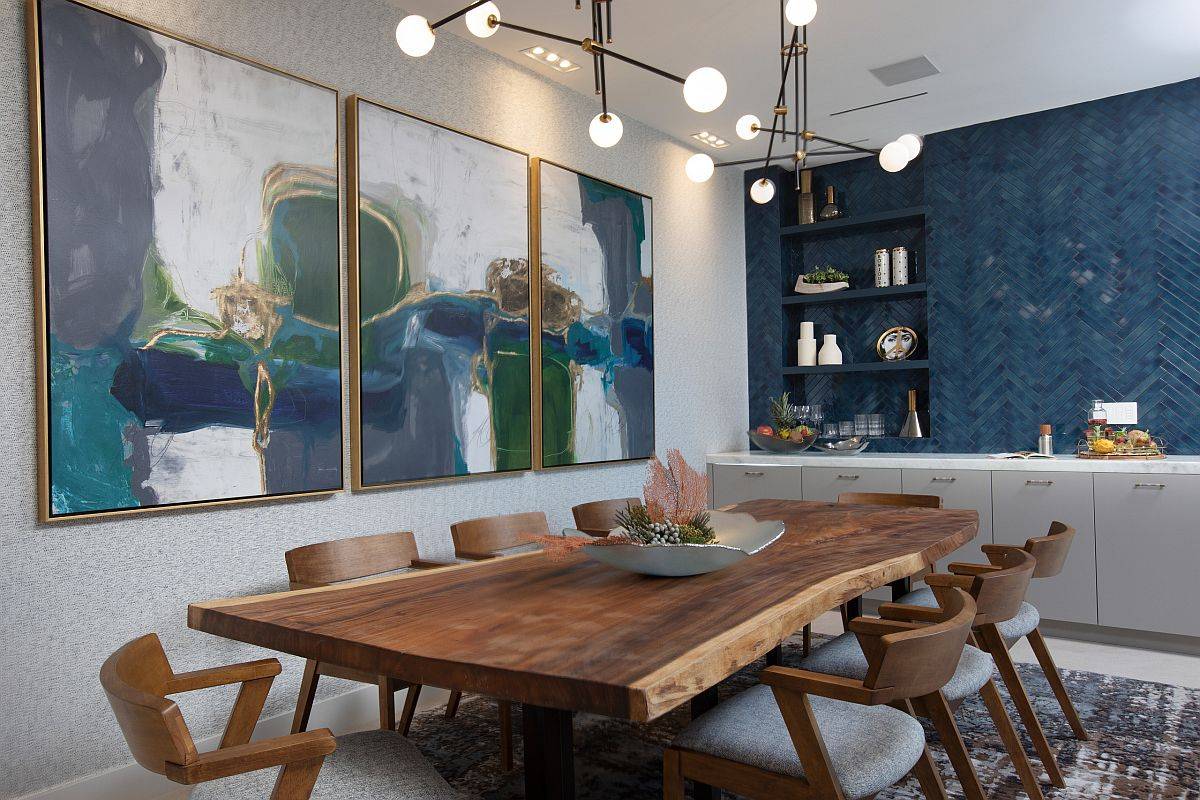



:no_upscale()/cdn.vox-cdn.com/uploads/chorus_asset/file/12896649/2018_08_07_21Royal_120.jpg)
